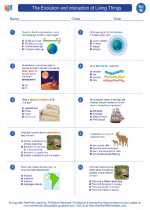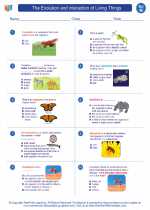Coastlines
Coastlines are the dynamic interface between the land and the sea, shaped by a variety of geological, biological, and physical processes. They are not only important for their natural beauty, but also for their ecological, economic, and cultural significance.
Formation of Coastlines
Coastlines can be formed by processes such as erosion, deposition, tectonic activity, and sea level changes. Erosion by waves, wind, and ice can carve out coastal features such as cliffs, sea caves, and arches. Deposition of sediments by rivers and waves can form beaches and barrier islands. Tectonic activity, such as the movement of tectonic plates, can lead to the formation of coastal features like fjords and sea stacks. Changes in sea level, influenced by factors such as climate change and glacial melting, can also shape coastlines over long time scales.
Coastal Landforms
Coastlines exhibit a variety of landforms, including beaches, dunes, cliffs, estuaries, lagoons, and deltas. These landforms are shaped by the interaction of geological processes, ocean currents, and human activities. For example, beaches are formed by the deposition of sand and other sediments, while cliffs are eroded by the action of waves and weathering.
Coastal Processes
Coastlines are dynamic environments where a variety of processes constantly shape the landscape. These processes include erosion, transportation, and deposition of sediments, as well as the influence of tides, currents, and storms. Human activities such as construction, pollution, and coastal engineering also impact these processes, leading to both natural and anthropogenic changes in coastlines.
Impact of Coastlines
Coastlines have significant ecological, economic, and cultural importance. They are home to diverse ecosystems, including coastal wetlands, mangroves, and coral reefs, which provide habitats for numerous species and contribute to the overall health of the planet. Economically, coastlines support industries such as fishing, tourism, and shipping, and are also vulnerable to natural hazards such as hurricanes and tsunamis. Culturally, coastlines have played a central role in human history and settlement, and continue to be important for recreation, art, and spirituality.
Study Guide
- Describe the different processes involved in the formation of coastlines.
- Explain the various landforms found along coastlines and the factors that shape them.
- Discuss the dynamic nature of coastal processes and the impact of human activities on coastlines.
- Analyze the ecological, economic, and cultural significance of coastlines, citing specific examples.
- Compare and contrast the effects of natural and anthropogenic changes on coastlines.
Understanding coastlines involves an interdisciplinary approach, integrating concepts from geology, oceanography, ecology, and environmental science. By exploring the formation, landforms, processes, and impact of coastlines, we can gain a deeper appreciation for these complex and vital natural environments.
[Coastlines] Related Worksheets and Study Guides:
.◂Science Worksheets and Study Guides Eighth Grade. The Evolution and interaction of Living Things

 Worksheet/Answer key
Worksheet/Answer key
 Worksheet/Answer key
Worksheet/Answer key
 Worksheet/Answer key
Worksheet/Answer key
 Vocabulary/Answer key
Vocabulary/Answer key
 Vocabulary/Answer key
Vocabulary/Answer key
